Yuki Inaba
Unsupervised Temporal Feature Aggregation for Event Detection in Unstructured Sports Videos
Feb 19, 2020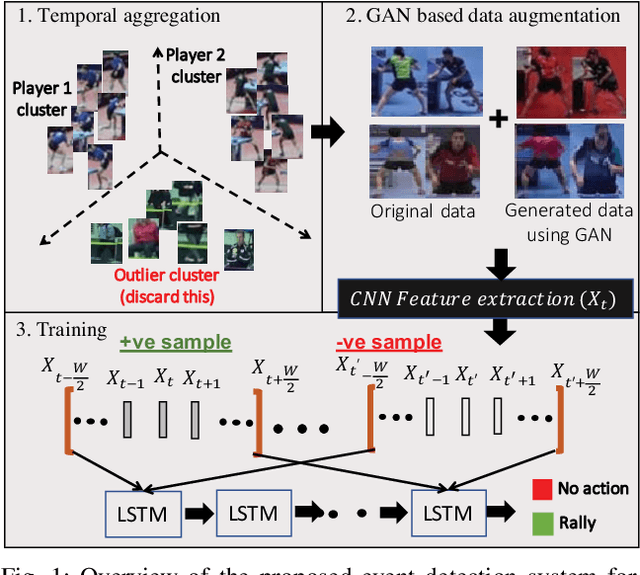
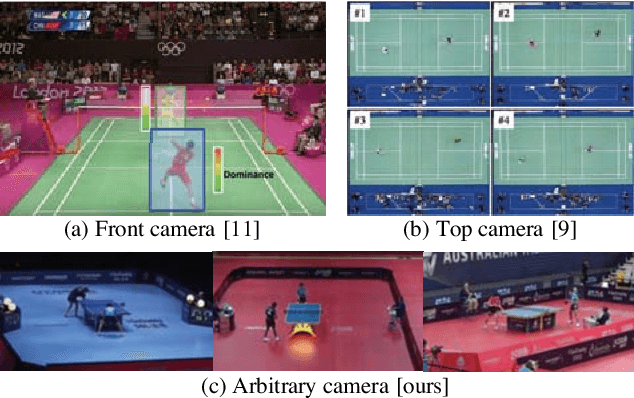
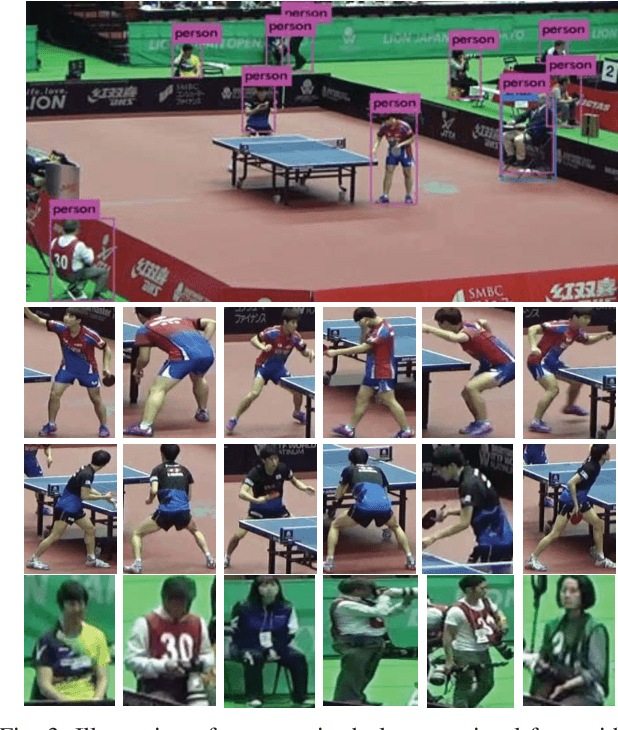
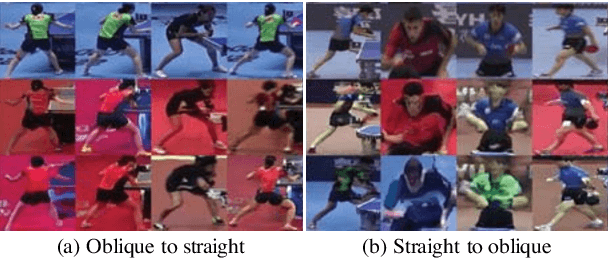
Abstract:Image-based sports analytics enable automatic retrieval of key events in a game to speed up the analytics process for human experts. However, most existing methods focus on structured television broadcast video datasets with a straight and fixed camera having minimum variability in the capturing pose. In this paper, we study the case of event detection in sports videos for unstructured environments with arbitrary camera angles. The transition from structured to unstructured video analysis produces multiple challenges that we address in our paper. Specifically, we identify and solve two major problems: unsupervised identification of players in an unstructured setting and generalization of the trained models to pose variations due to arbitrary shooting angles. For the first problem, we propose a temporal feature aggregation algorithm using person re-identification features to obtain high player retrieval precision by boosting a weak heuristic scoring method. Additionally, we propose a data augmentation technique, based on multi-modal image translation model, to reduce bias in the appearance of training samples. Experimental evaluations show that our proposed method improves precision for player retrieval from 0.78 to 0.86 for obliquely angled videos. Additionally, we obtain an improvement in F1 score for rally detection in table tennis videos from 0.79 in case of global frame-level features to 0.89 using our proposed player-level features. Please see the supplementary video submission at https://ibm.biz/BdzeZA.
Physically-interpretable classification of network dynamics for complex collective motions
May 13, 2019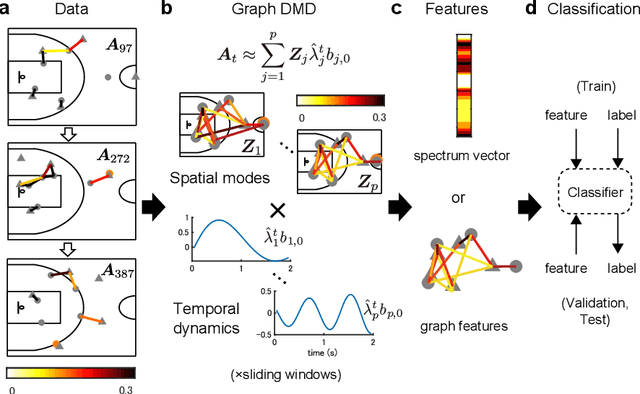

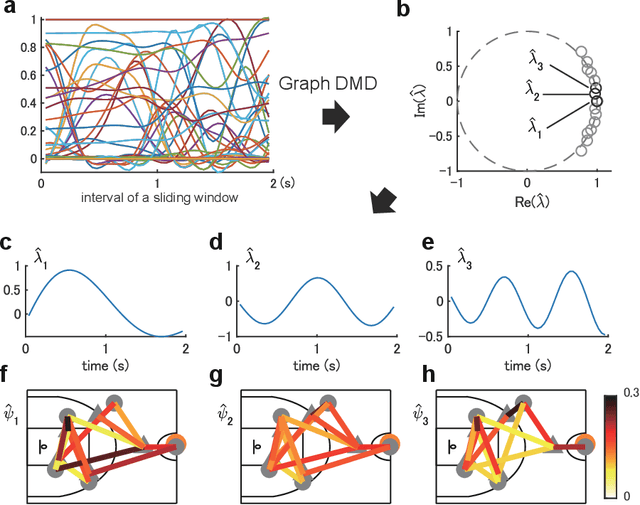
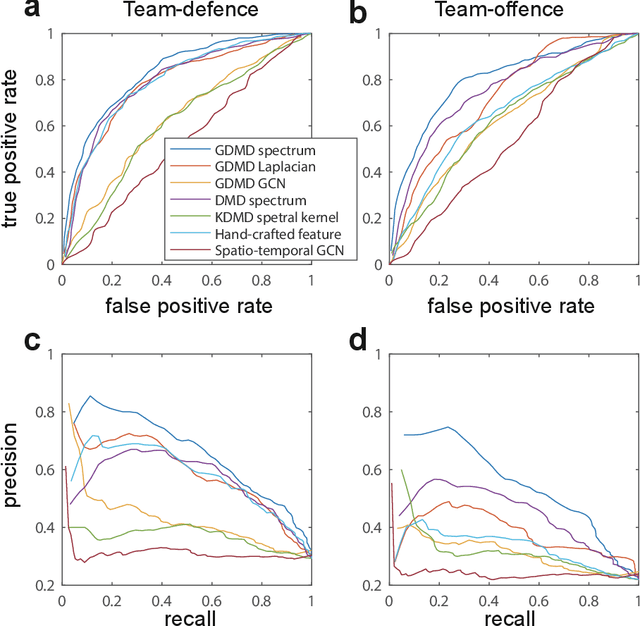
Abstract:Understanding complex network dynamics is a fundamental issue in various scientific and engineering fields. Network theory is capable of revealing the relationship between elements and their propagation; however, for complex collective motions, the network properties often transiently and complexly change. A fundamental question addressed here pertains to the classification of collective motion network based on physically-interpretable dynamical properties. Here we apply a data-driven spectral analysis called graph dynamic mode decomposition, which obtains the dynamical properties for collective motion classification. Using a ballgame as an example, we classified the strategic collective motions in different global behaviours and discovered that, in addition to the physical properties, the contextual node information was critical for classification. Furthermore, we discovered the label-specific stronger spectra in the relationship among the nearest agents, providing physical and semantic interpretations. Our approach contributes to the understanding of complex networks involving collective motions from the perspective of nonlinear dynamical systems.
 Add to Chrome
Add to Chrome Add to Firefox
Add to Firefox Add to Edge
Add to Edge